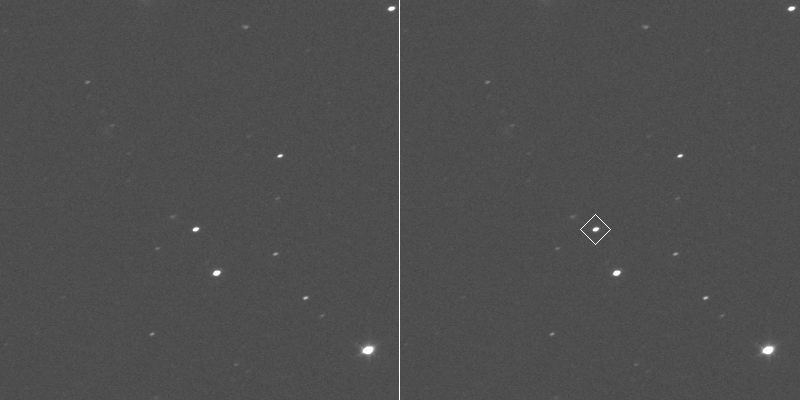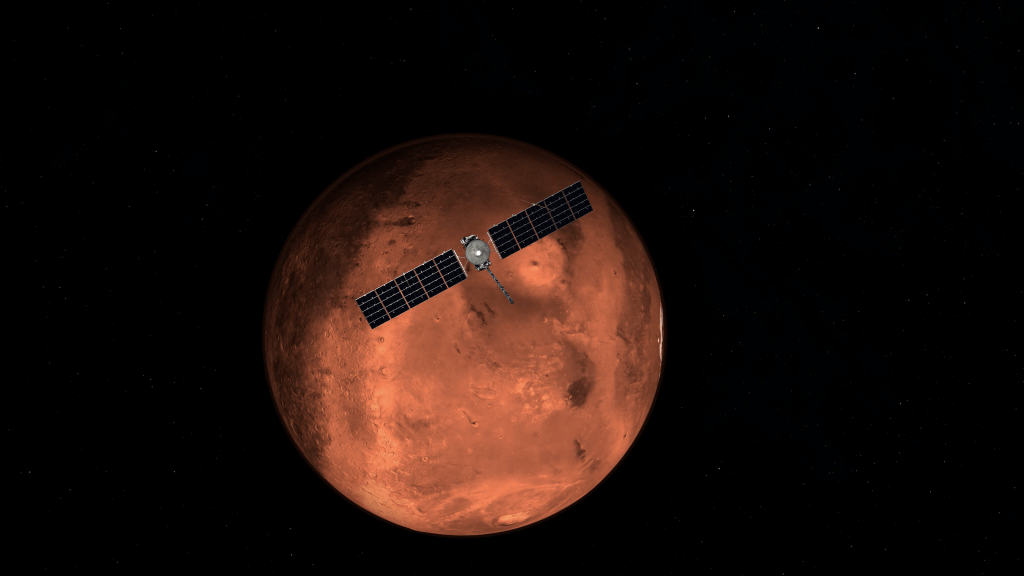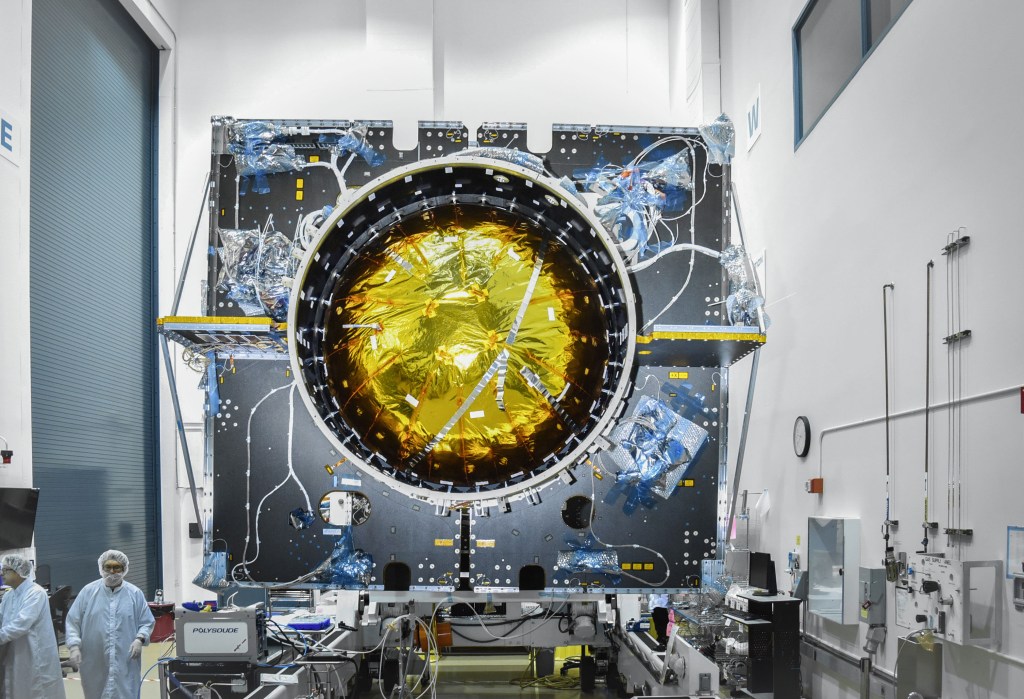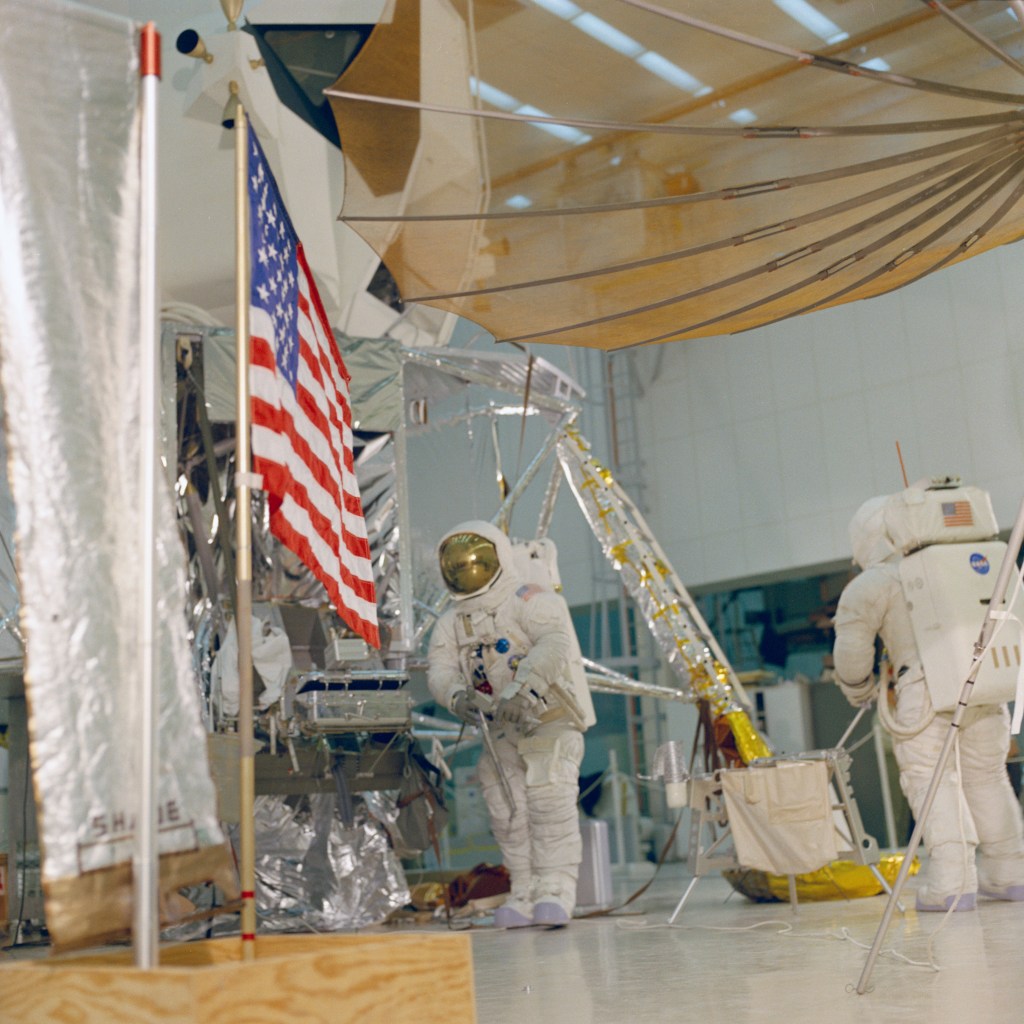In response to the Apollo 13 Review Board’s recommendations, in the summer of 1970 managers and engineers began implementing modifications to Apollo spacecraft for upcoming missions. Completion of the changes resulted in delays of upcoming missions, while NASA evaluated the remainder of the Moon landing missions. Workers at Kennedy Space Center (KSC) continued preparing the Saturn V rockets for the next two flights while the astronaut crews for the Apollo 14 and 15 missions continued their training.
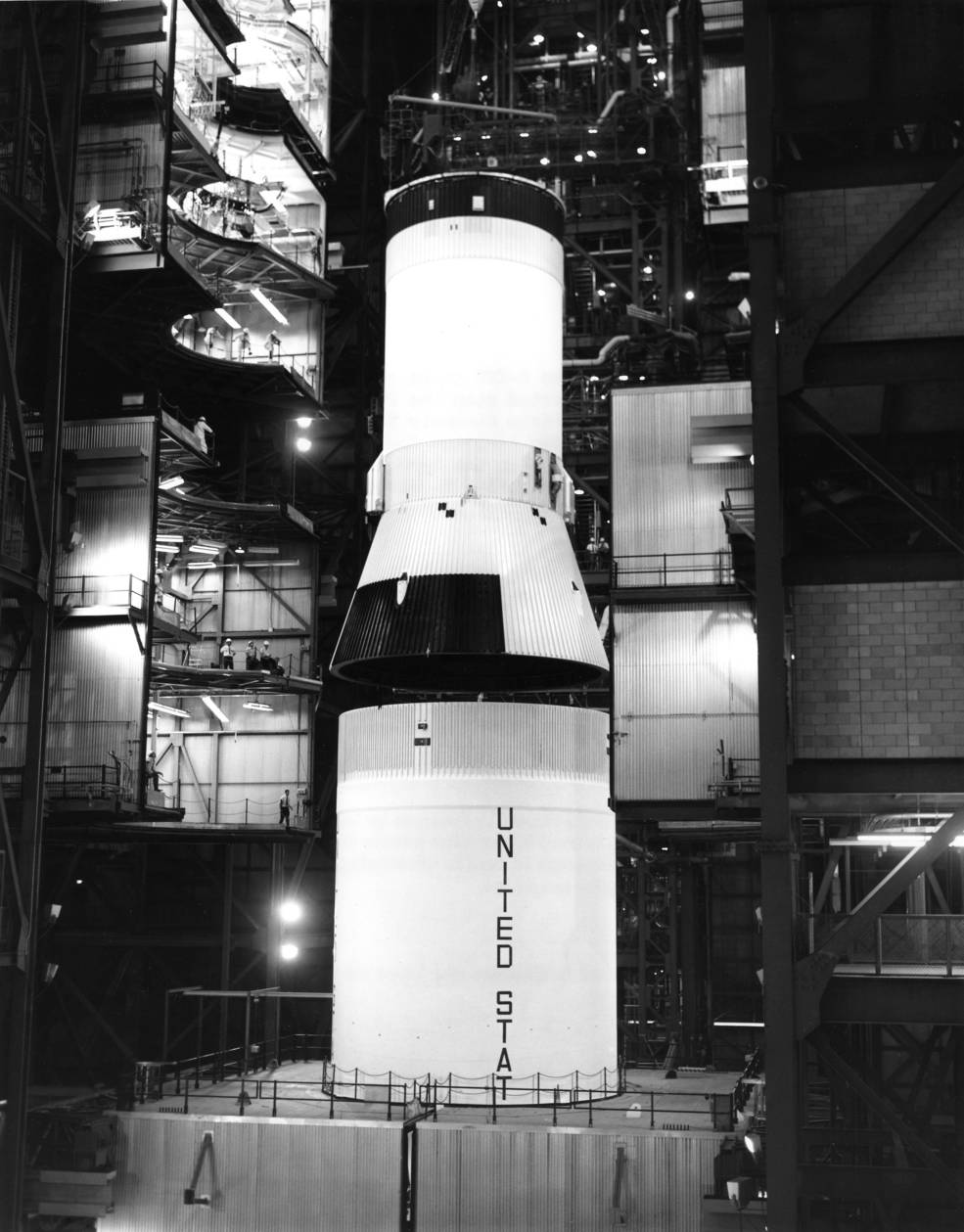
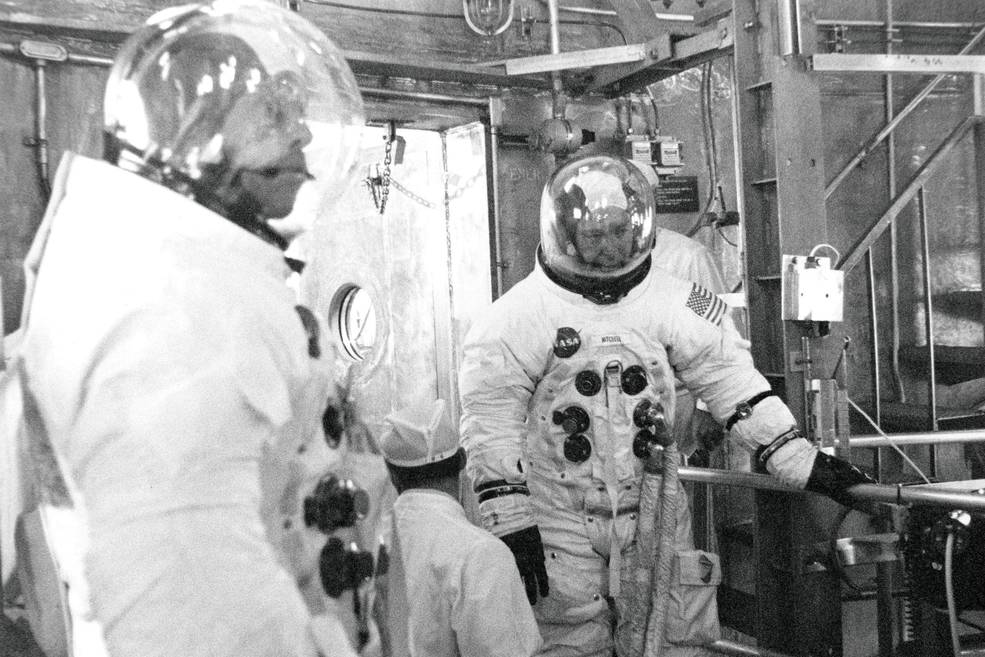
Left: Workers stack the Apollo 14 Saturn V’s third stage on May 13.
Right: Apollo 14 prime crewmembers Shepard (left) and Mitchell prior to a
vacuum chamber test of their LM.
On June 30, 1970, NASA Administrator Thomas O. Paine announced the slip of the Apollo 14 launch to Jan. 31, 1971. The two-month delay resulted from changes required to the Apollo spacecraft recommended by the Apollo 13 Review Board that investigated the causes of an oxygen tank explosion while the crew was on its way to the Moon. The recommendations included changes to eliminate potential combustion hazards in the Service Module’s (SM) high-pressure oxygen tank and the installation of a third oxygen tank for added redundancy. Engineers in KSC’s Manned Spacecraft Operations Building (MSOB) began implementing the modifications in late July. In KSC’s Vehicle Assembly Building (VAB) workers stacked the Apollo 14 Saturn V’s rocket third stage in mid-May and began testing the assembled vehicle, awaiting the spacecraft once engineers finished its modifications and testing. The Apollo 14 prime crew of Commander Alan B. Shepard, Command Module Pilot (CMP) Stuart A. Roosa, and Lunar Module Pilot (LMP) Edgar D. Mitchell as well as their backups Eugene A. Cernan, Ronald E. Evans, and Joe H. Engle conducted altitude tests of their Lunar Module (LM) and Command Module (CM) in the MSOB’s vacuum chambers. They ran simulations of various aspects of their mission and the Moon walkers practiced tasks for their lunar surface Extravehicular Activities (EVA) such as deploying the Apollo Lunar Surface Experiment Package (ALSEP) suite of scientific instruments and using the Modular Equipment Transporter (MET), a two-wheeled conveyance to ease the burden of carrying tools and rock samples over long distances.
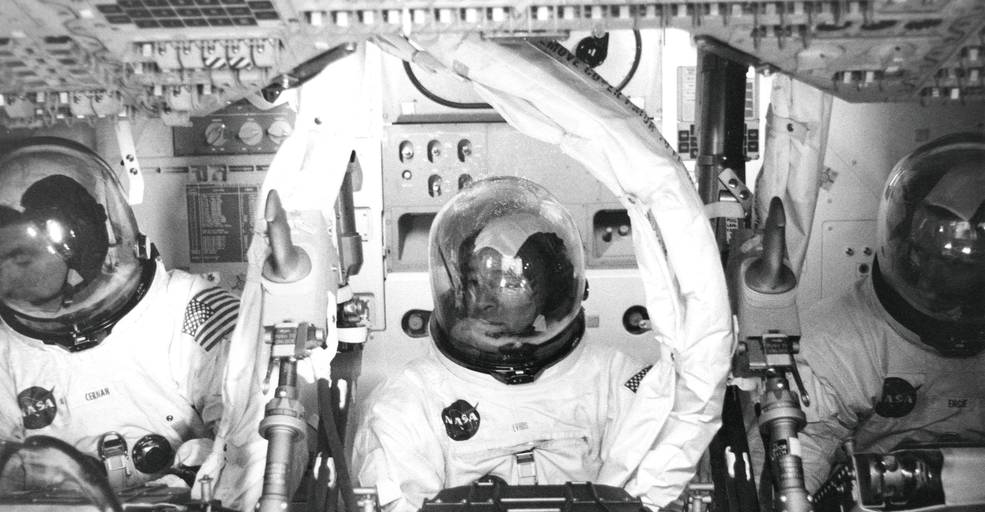
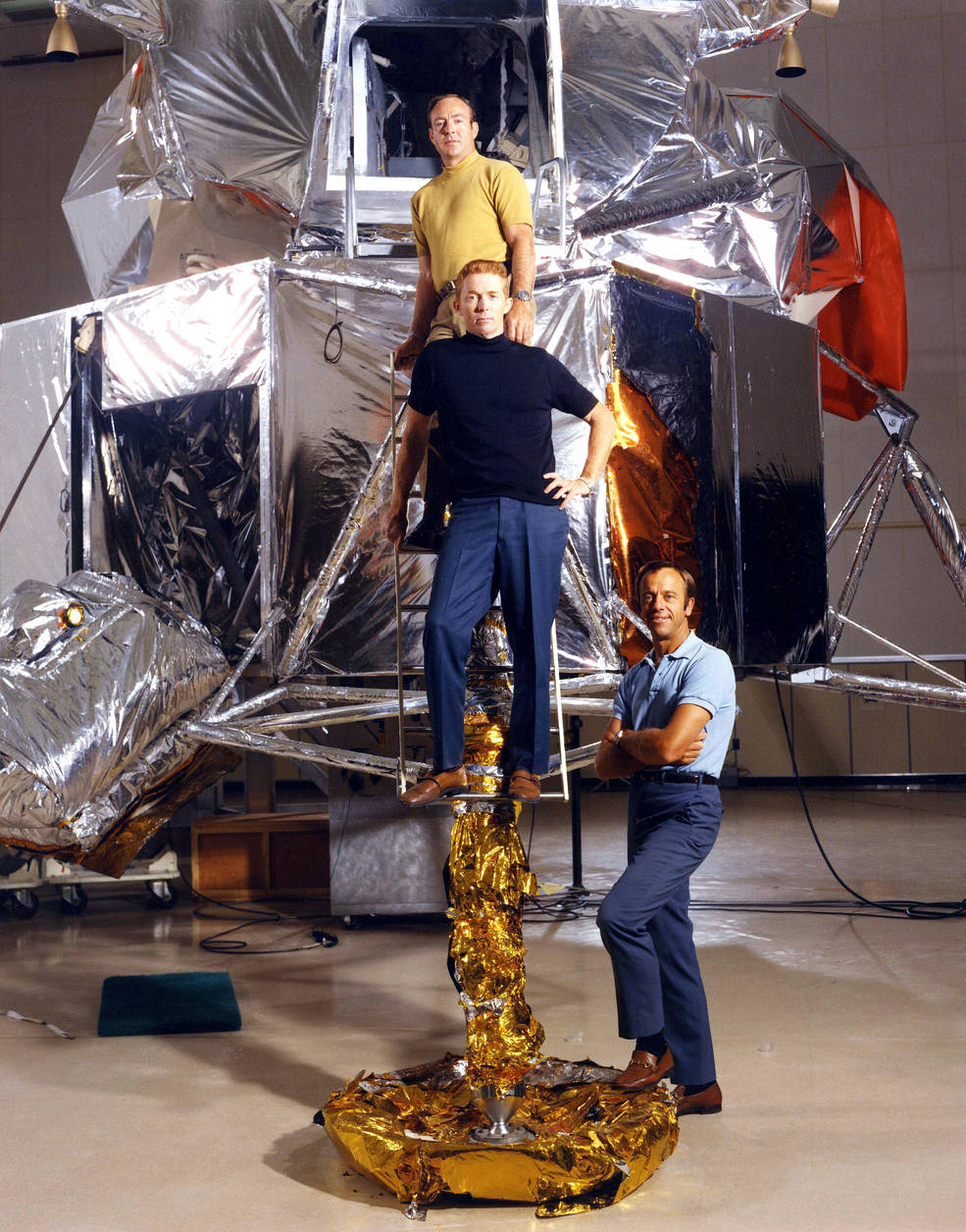
Left: Apollo 14 backup crewmembers (left to right) Cernan, Evans, and Engle during
a simulated CM altitude chamber run. Right: Apollo 14 prime crewmembers
(top to bottom) Mitchell, Roosa, and Shepard pose on a LM mockup.
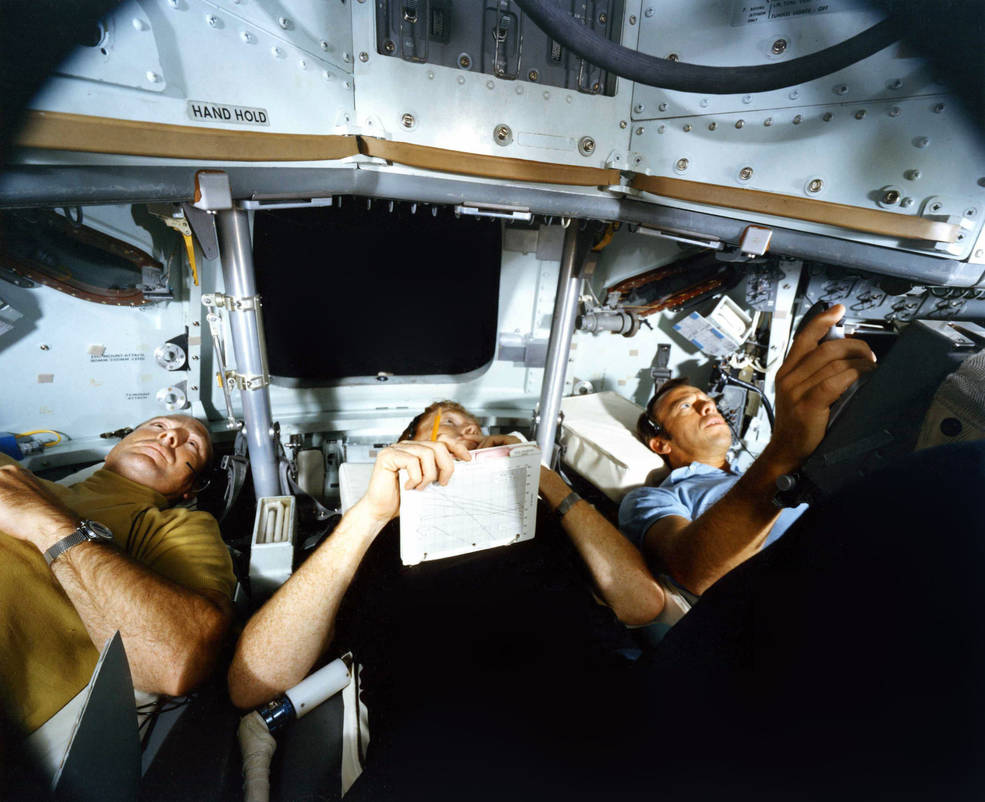
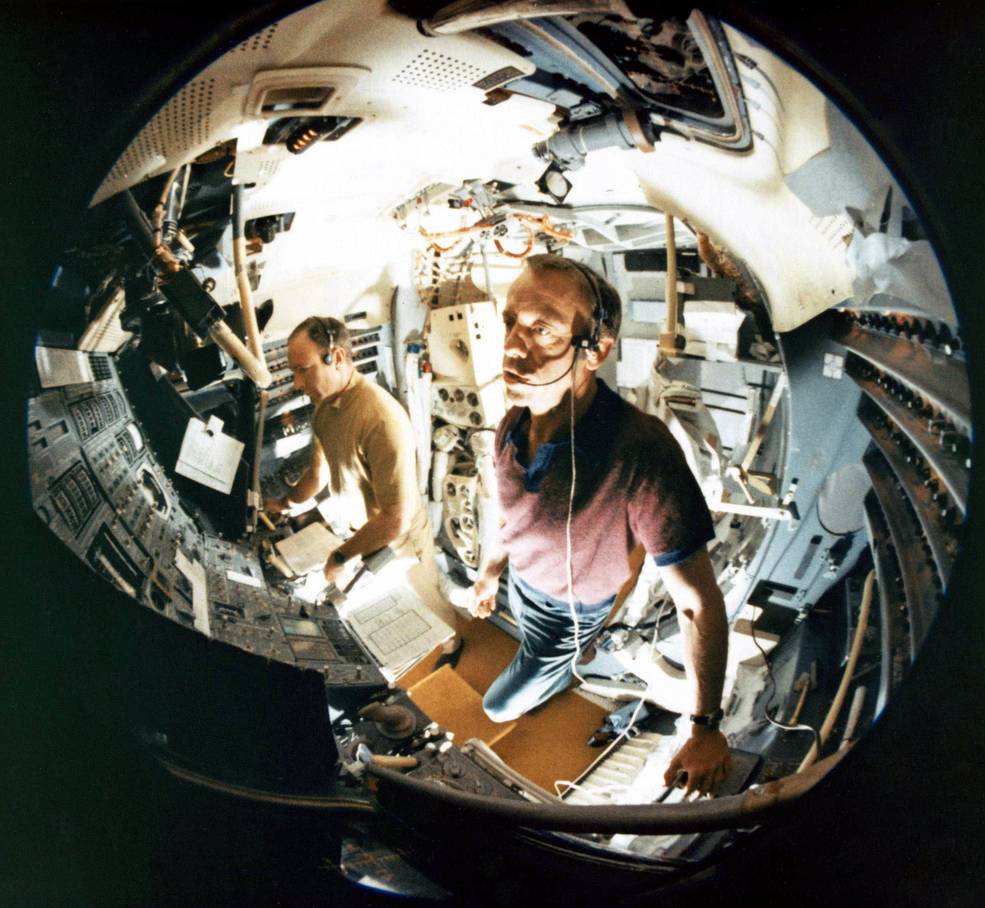
Left: Apollo 14 astronauts (left to right) Mitchell, Roosa, and Shepard during
a run in the CM simulator. Right: Mitchell (left) and Shepard during a run
in the LM simulator.
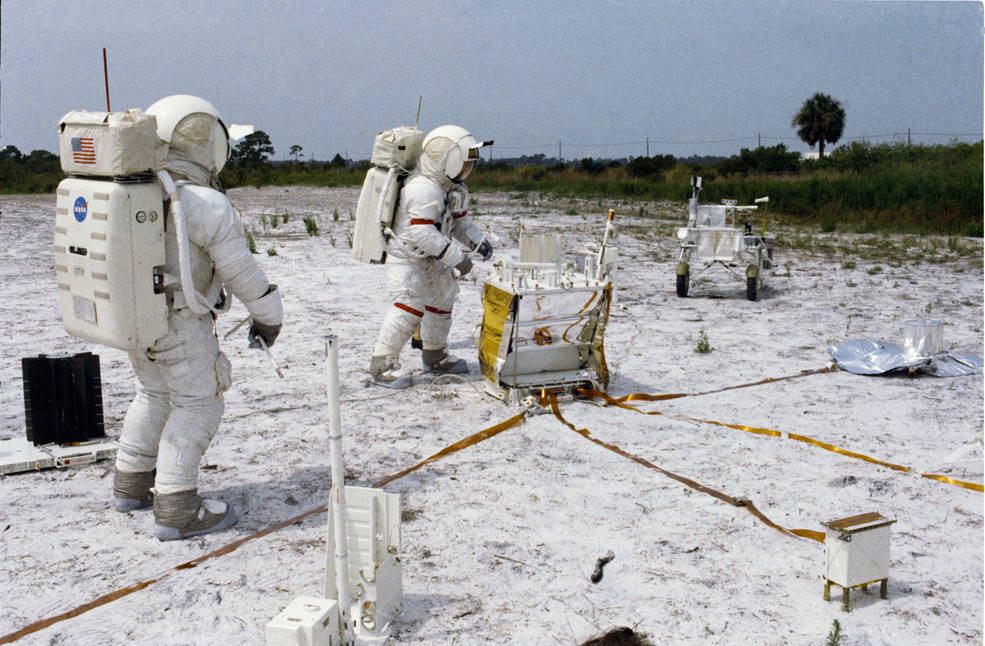
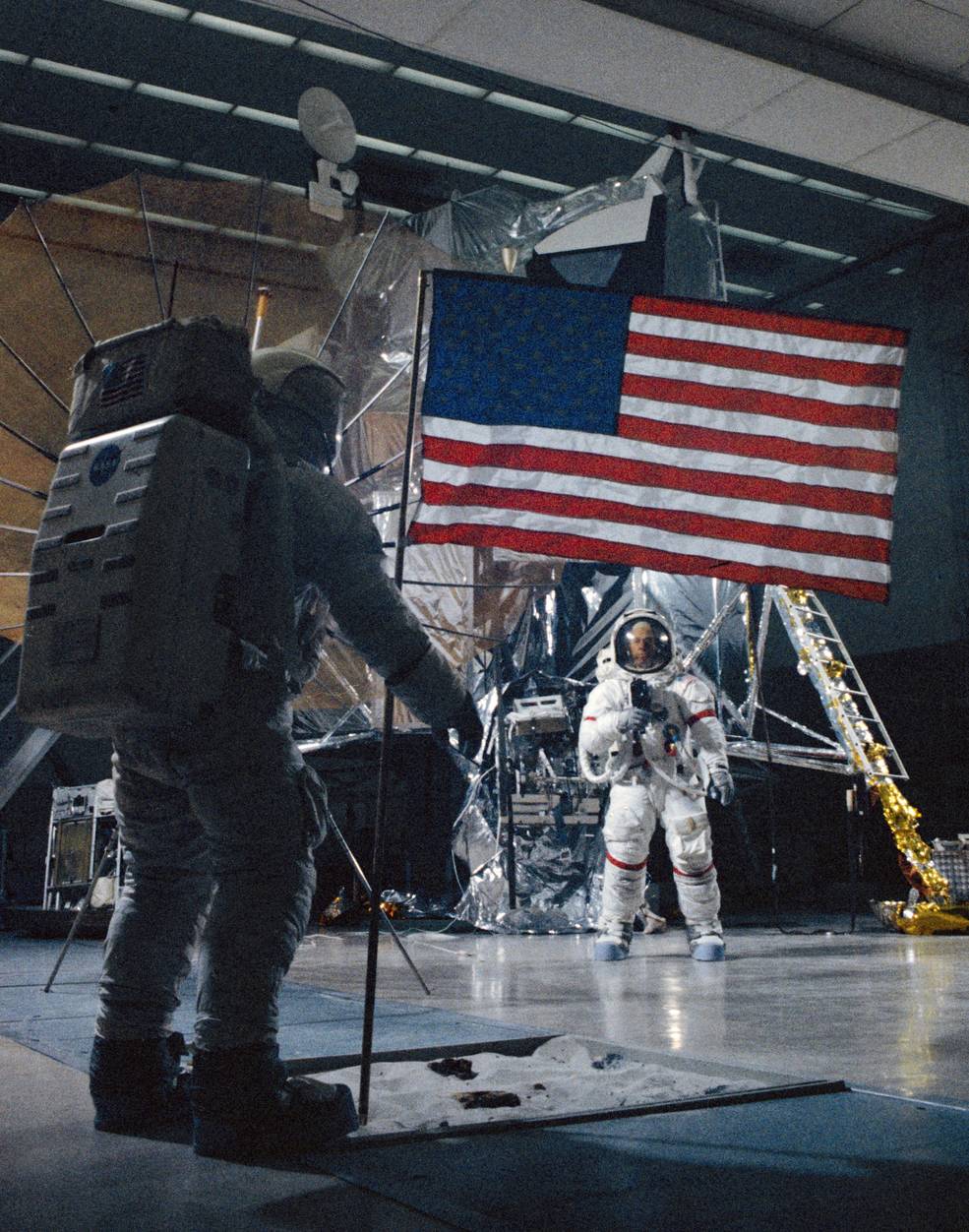
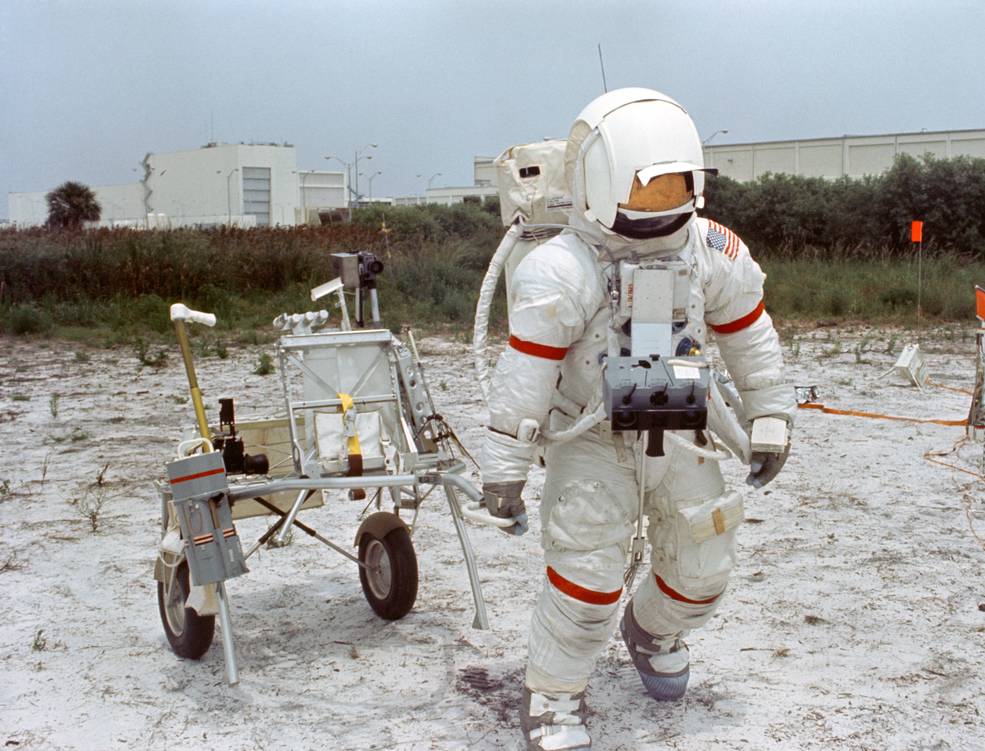
Left: Apollo 14 astronauts Mitchell (left) and Shepard rehearse deploying the ALSEP instruments.
Middle: Mitchell (left) and Shepard practice deploying the American flag. Right: Shepard using the MET.
The Fra Mauro landing site selected for Apollo 14 included the Cone Crater impact feature, so the astronauts’ geology training included terrestrial locations with impact features. During the week of Aug. 10, Apollo 14 astronauts Shepard, Mitchell, Cernan, and Engle spent a week at the Nördlinger Ries Crater in Germany, a 16-mile wide impact feature believed to be about 15 million years old. Accompanied by a team of American and German geologists, the astronauts learned to identify structures in the crater and collect the appropriate set of rock samples.
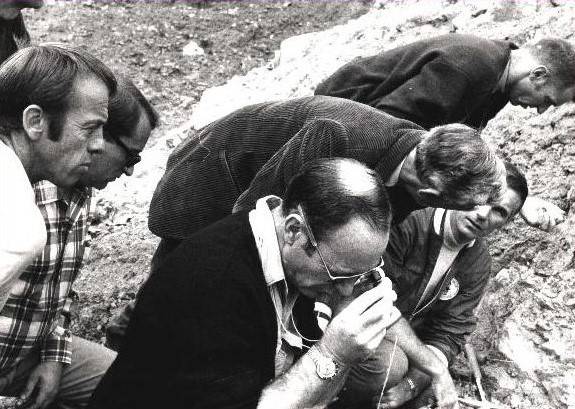
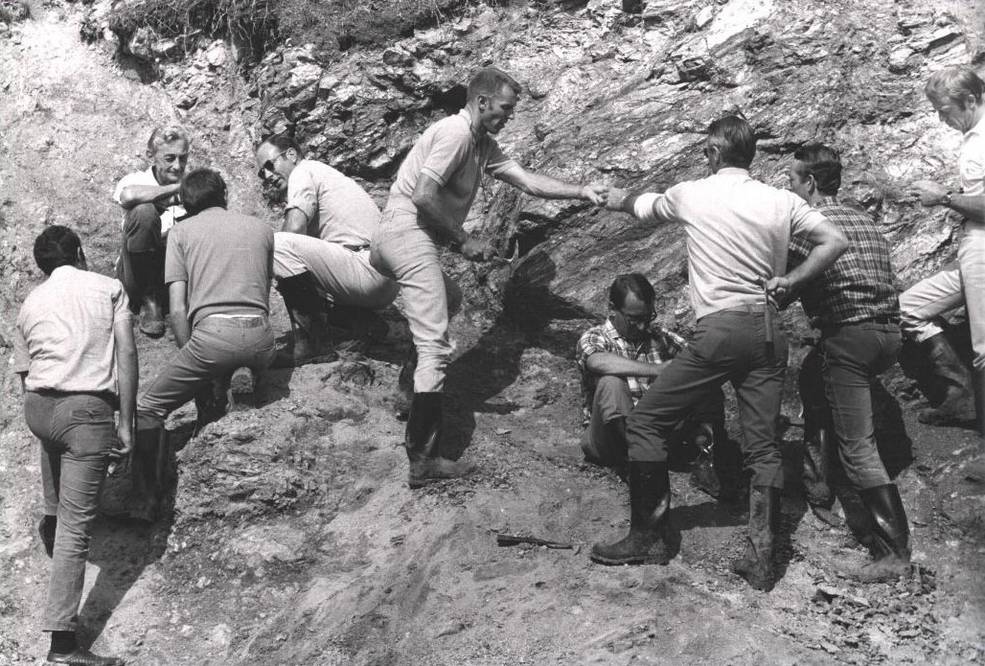
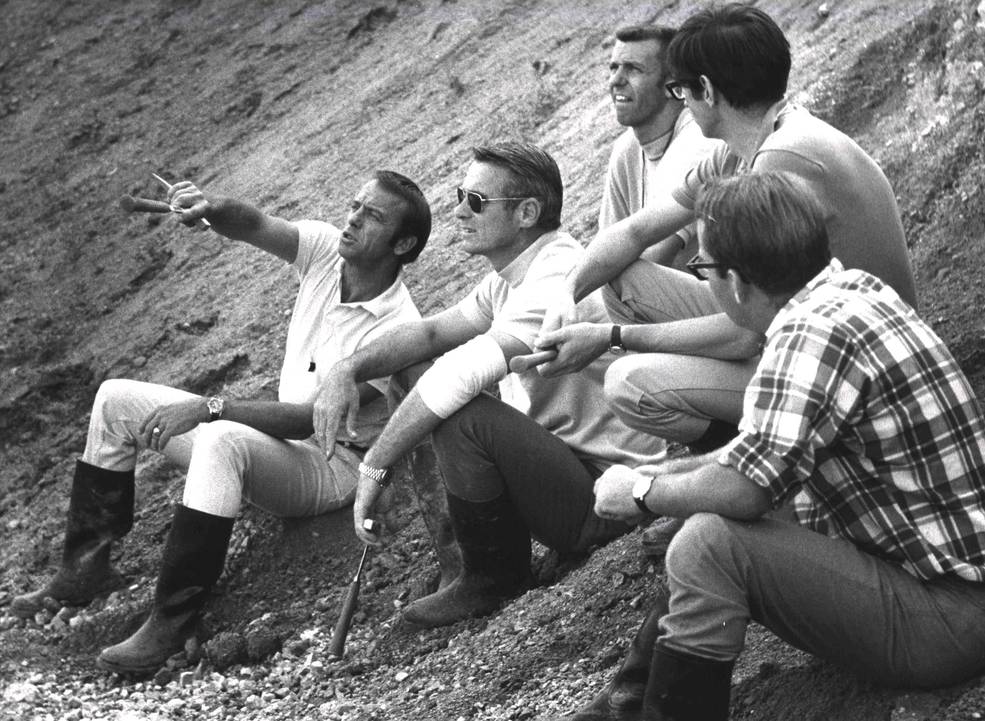
Three views of Apollo 14 astronauts Shepard, Mitchell, Cernan, and Engle with geologists during
the geology field trip to Nördlinger Ries Crater in Germany.
With the delay of Apollo 14 to January 1971, the launch of Apollo 15 also slipped to July or August of that year. Workers at KSC began the process of stacking the Saturn V for Apollo 15 with the arrival in the VAB of the rocket’s first stage on July 7. As originally planned, Apollo 15 was to be similar to Apollo 12 and 14, with a two-day stay on the lunar surface and the astronauts conducting two EVAs using the MET. The missions starting with Apollo 16 would include significantly expanded capabilities, including a three-day stay with three EVAs and the use of a Lunar Rover that the astronauts could use to travel for far greater distances. The Apollo’s SM would also be equipped with a suite of instruments to take advantage of the longer stay in lunar orbit to conduct a variety of scientific observations. Managers and engineers held the Critical Design Review for the Lunar Rover on June 16 and 17 at the Marshall Space Flight Center in Huntsville, Alabama. Astronauts John W. Young and Charles M. Duke participated in the review and, wearing space suits, practiced with a mockup of the vehicle.
In August 1970, Administrator Paine asked NASA’s Lunar and Planetary Missions Board and the Space Science Board of the National Academy of Sciences to review possible alternatives for future Apollo missions. One alternative was to complete the remaining planned six lunar landing flights through Apollo 19, the other was to delete two of the missions. The latter option would save money in a very tight fiscal year and also free up rockets and spacecraft for possible other uses, such a follow-on to the Skylab space station, then planned for late 1972. Although the two organizations strongly backed flying the six remaining missions, Paine announced on Sep. 2 the difficult decision that he was cancelling two flights, Apollo 15 and 19, with the remaining flights being renumbered Apollo 14 through 17 and flown at six-month intervals. This changed the plans for Apollo 15, which would now assume the tasks of the first of the expanded missions, and the crew of Commander David R. Scott, CMP Alfred M. Worden and LMP James B. Irwin and their backups Richard F. Gordon, Vance D. Brand and Harrison H. “Jack” Schmitt, began training for their new mission. All six astronauts completed a geology training exercise near Flagstaff, Arizona, July 15 through 17, including a surface traverse followed by a flyover to examine the sites explored on foot. On July 23, the Apollo 15 crew and several other astronauts traveled to Medicine Hat, Alberta, to witness the Dial Pack 500-ton TNT test explosion conducted by the Canadian Defence Research Establishment. The blast created a crater 230 feet in diameter, 15 feet deep and with a central mound similar to lunar impact craters. The astronauts examined the crater within 10 minutes after the blast, providing an excellent first-hand experience to observe crater formation.
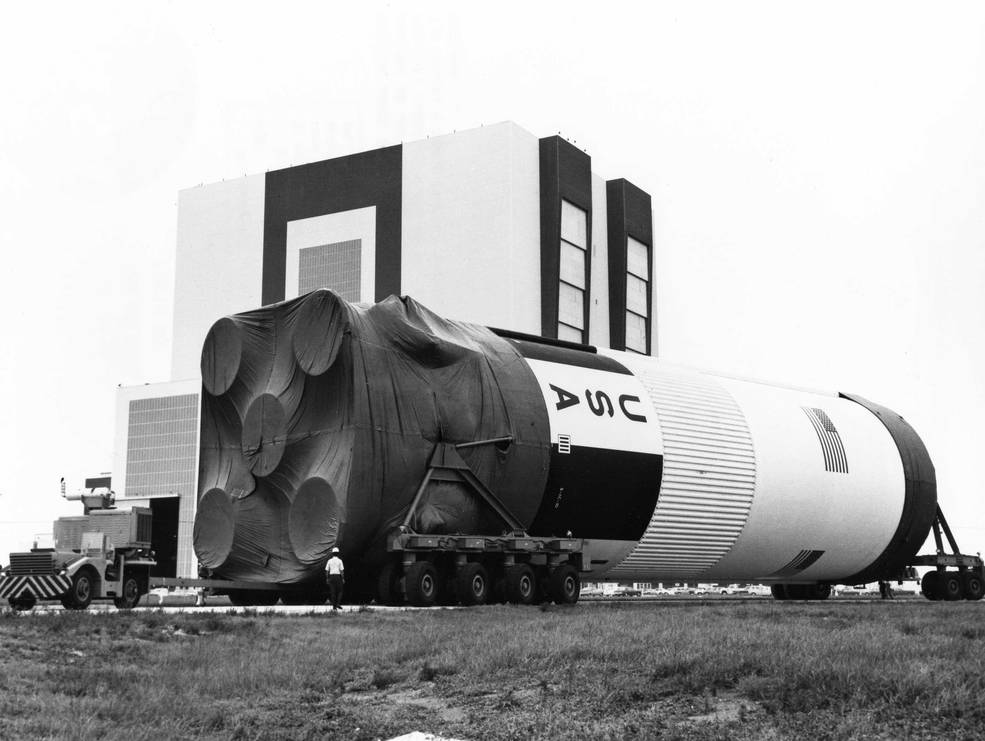
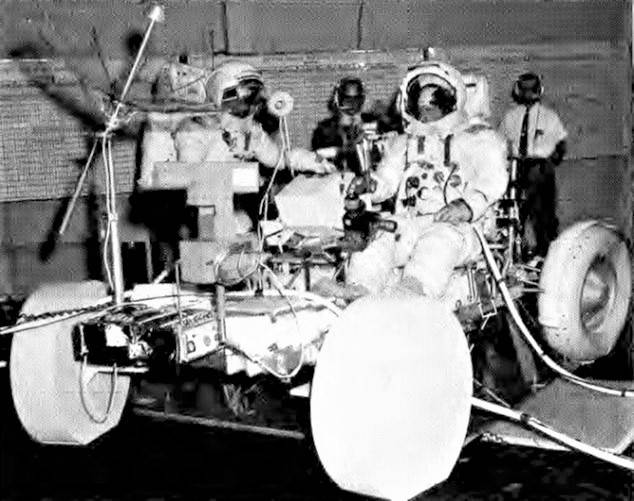
Left: Apollo 15 Saturn V first stage arrives at KSC’s VAB.
Right: Astronauts Duke (left) and Young test a mockup of the Lunar Rover.
On July 28, 1970, Administrator Paine announced his resignation from NASA effective Sep. 15, with plans to return to the General Electric Company, the firm for which he worked when President Lyndon B. Johnson appointed him as Deputy Administrator in January 1968. Paine assumed that position two months later and became Acting Administrator upon the resignation of Administrator James E. Webb in October 1968. President Richard M. Nixon kept Paine in the position and named him permanent Administrator in March 1969. The two men welcomed the Apollo 11 astronauts back to Earth aboard the prime recovery ship USS Hornet in July 1969.
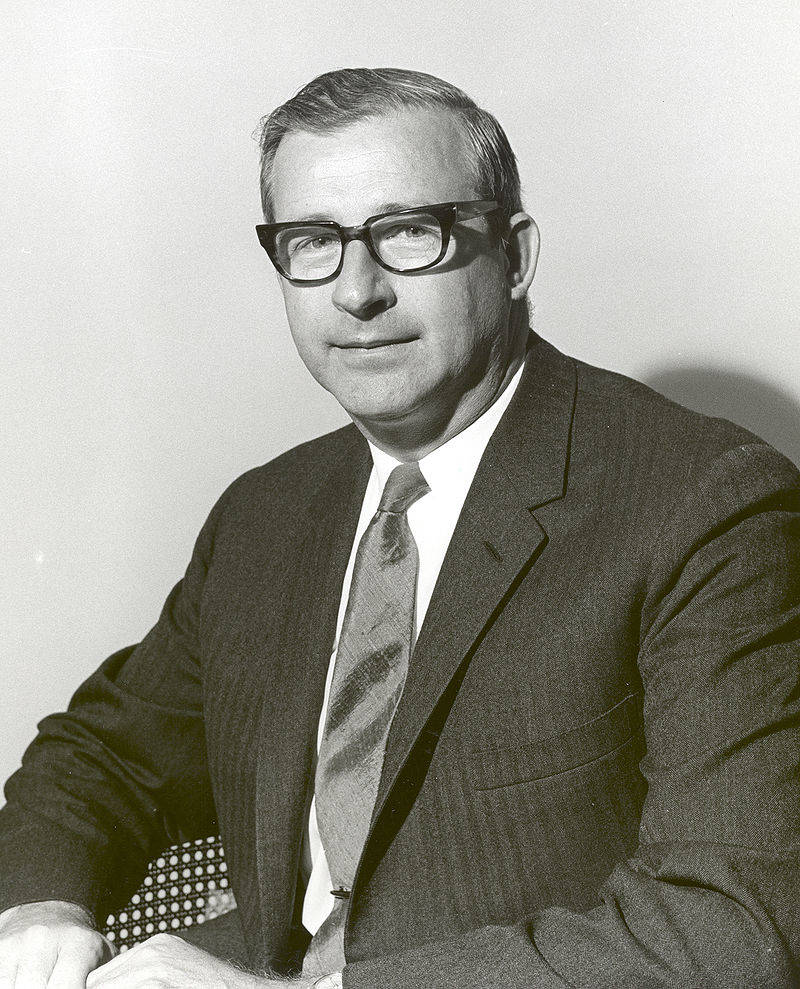
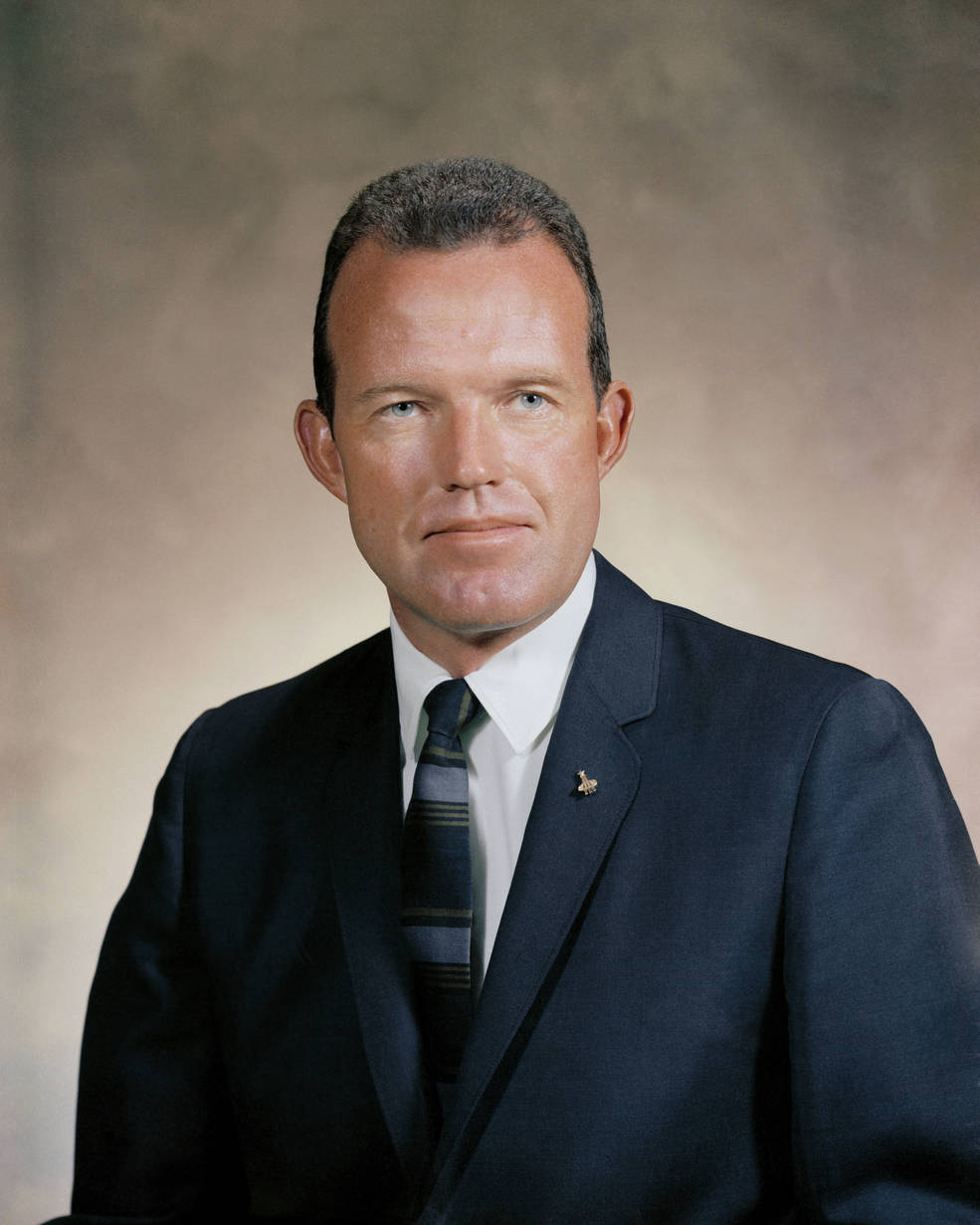
Left: NASA Administrator Paine. Right: Astronaut Cooper.
Original Mercury astronaut L. Gordon Cooper announced he was leaving NASA effective July 31, 1970. Cooper completed two spaceflights, Mercury 9 in 1963 and the then-record setting Gemini 5 two years later, becoming the first person to complete two orbital missions and accumulating more than 222 hours in space. He later served as backup Command Pilot on Gemini 12 and backup Commander on Apollo 10. Cooper left NASA to assume executive positions in the private sector.
To be continued…
News events from around the world in July 1970:
July 4 – Casey Kasem’s “American Top 40” radio program debuts
July 6 – California passes the first “no fault” divorce law
July 12 – Explorer Thor Heyerdahl crosses the Atlantic Ocean on the Ra II papyrus raft after sailing 57 days from Morocco to Barbados
July 15 – Denmark beats Italy 2-0 in the first world female soccer championship
July 18 – Willie Mays becomes the 10th major league baseball player to get 3,000 hits
July 21 – Aswan High Dam opens in Egypt, enabling human control of the flooding of the Nile River
July 25 – “(They Long to Be) Close to You” by The Carpenters reaches #1
July 31 – Chet Huntley retires from NBC News, ending the “Huntley-Brinkley Report”

